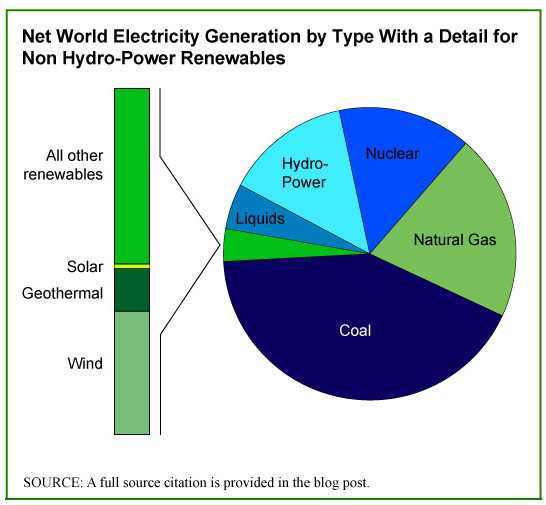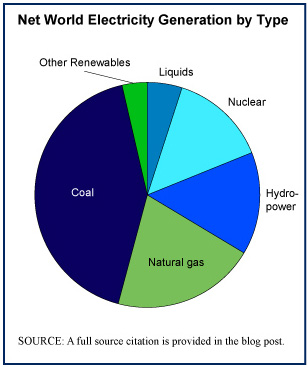The ways in which people obtain the movies they wish to watch at home have multiplied and changed over time, altering this market greatly. In 2005 the video rental store still had a 74% share of this market but this share has declined in favor of companies that offer a mail-in form of service, like Netflix, as well as kiosk style retail outlets. By way of punctuating this transition, in late summer 2010, Blockbuster, one of the largest video rental store chains still operating, filed for bankruptcy.
The market size listed here includes the following categories of video rental outlet: Subscriptions, Kiosks, Traditional Video-on-Demand (VOD), Video Stores, and Internet VOD.
Geographic reference: United States
Year: 2010
Market size: $7.8 billion
Source: USA TODAY, September 23, 2010, page 2B.
Original source: Screen Digest



